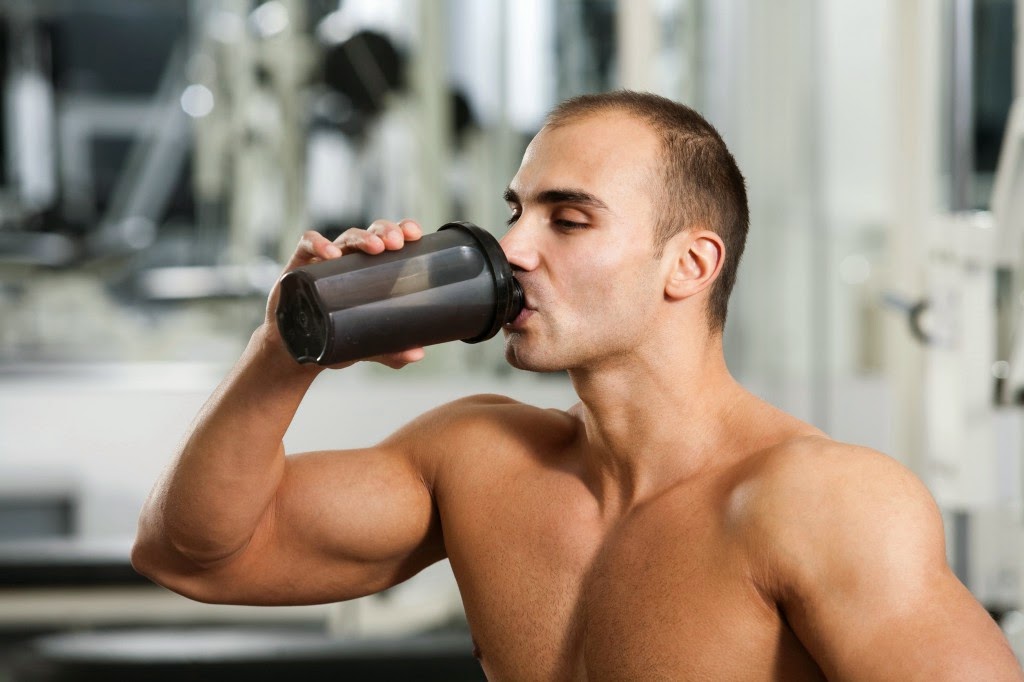Unless you have been under a rock for the past few years, you probably have heard of the Turkish Getup. Some physique and strength athletes shun them off since they don't feel that they build muscle and strength. I’ve got news for you… they do!
They may not be a true strength and muscle builder, but there is more to an exercise than just building muscle and strength. An exercise like the Turkish getup can be the perfect addition to your program to keep your core strong, shoulders safe and increase your proprioception. This highly dynamic movement has a huge carryover to lifting heavy things. It does this with it’s series of movements where you go from lying down to standing up with a kettlebell or dumbbell without breaking form and keeping the bell from falling.
Here’s a short list of everything that we can get from within a single getup:
- Single leg hip stability during the initial roll to press and during the bridge.
- Both closed and open chain shoulder stability.
- Shoulder mobility.
- Thoracic extension and rotation.
- Hip and leg mobility and active flexibility.
- Stability in two different leg patterns – lunge stance as well as squat stance.
- Both rotary and linear stability.
- The ability to link movement created in our extremities to the rest of our body.
Let’s elaborate a little more on a few of them that really help physique athletes:
It improve shoulder health
By stabilizing a bell through multiple planes of motion, it requires stability in the anterior, lateral and overhead positions. Not to mention the other shoulder propping you up. The rotator cuff muscles are also called upon as you control the bell, making it an excellent rotator cuff strengthener. If you want to press heavy forever, you have to take care of your shoulder health.
It increase hip mobility
Squats, deadlifts and most other lower-body movements require a good amount of hip mobility if you want to achieve full range of motion. The TGU requires you to move through large ranges of motion without compromising your structural integrity. When you bridge the hips up high and sweep the leg through, you have no choice but to open up the hips. Keep your hips happy and mobile with TGU’s.
It strengthens your core
You would be surprised how many core muscles it requires to roll and get up and down off the ground. Mobility is one thing, but the amount of core strength it takes seems to be the limiting factor in the first part of the TGU. Think of these exercises as the “super sit-up” with function. Keep in mind the core also involves the muscles around the thoracic spine, not just the abs. The whole entire torso, i.e. the core is called upon during the TGU. When you start to do the TGU with a heavy bell in your hand, you will feel your abs working, trust me.
The quick how-to gide
- Keep in mind that there are books that describe how to do a proper Turkish Getup. Below is simply a quick guide to get you started.
- Start by lying on your side, for purposes of explanation we will assume you start on your L. side.
- With your L. hand grasp a kettlebell or dumbbell.
- With the weight in your hand roll onto your back and press the weight straight up like a bench press. The R. leg will go straight out in front of your while the L. knee stays bent with the foot on the ground. Then move your right leg out slightly to the right for a wider base.
- Place the R. arm on the ground to stabilize your body at about a 45 degree angle and use your L. leg to help propel your body up off the ground. Do all of this while maintaining the weight up above you with the arm extended
- Next take your R. leg and kick it behind your body. If you can't do this part of the TGU then stop there and go back to the TGU to pelvic post. Once the R. leg is behind you from this lunge position stand up while maintaining the weight up in the air.
- Now reverse everything you just did and go back to the side lying position
- Start with no weight and then add weight as technique improves.
For heavy weight, alternate arms for 5 reps each side. For moderate weight, I like 2 sets of 3-5 reps.
Please don't perform reps with poor form. Quality over quantity on this one! You should have controlled breathing throughout the whole movement. You are not performing a max squat; so don’t act like it during the TGU.



